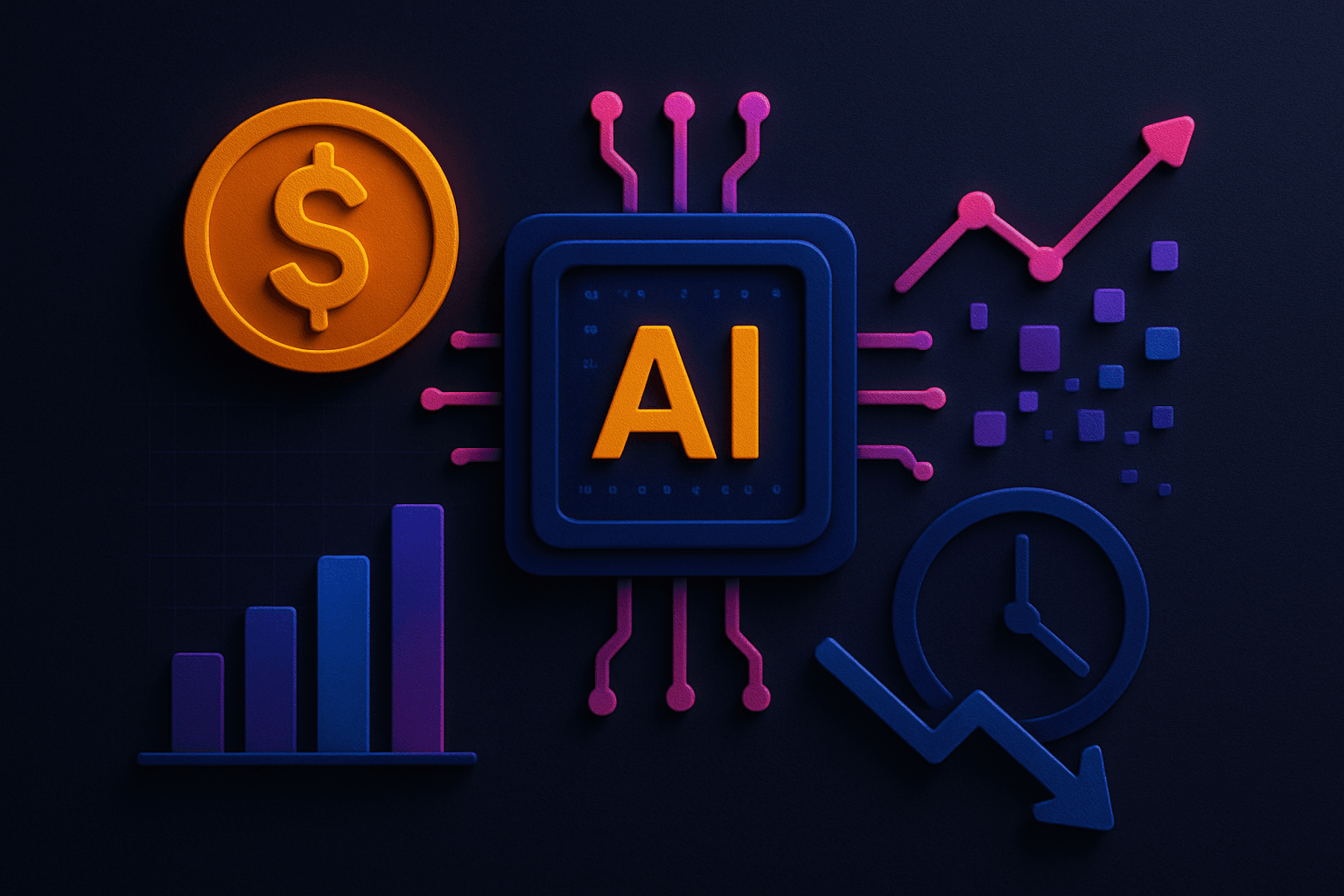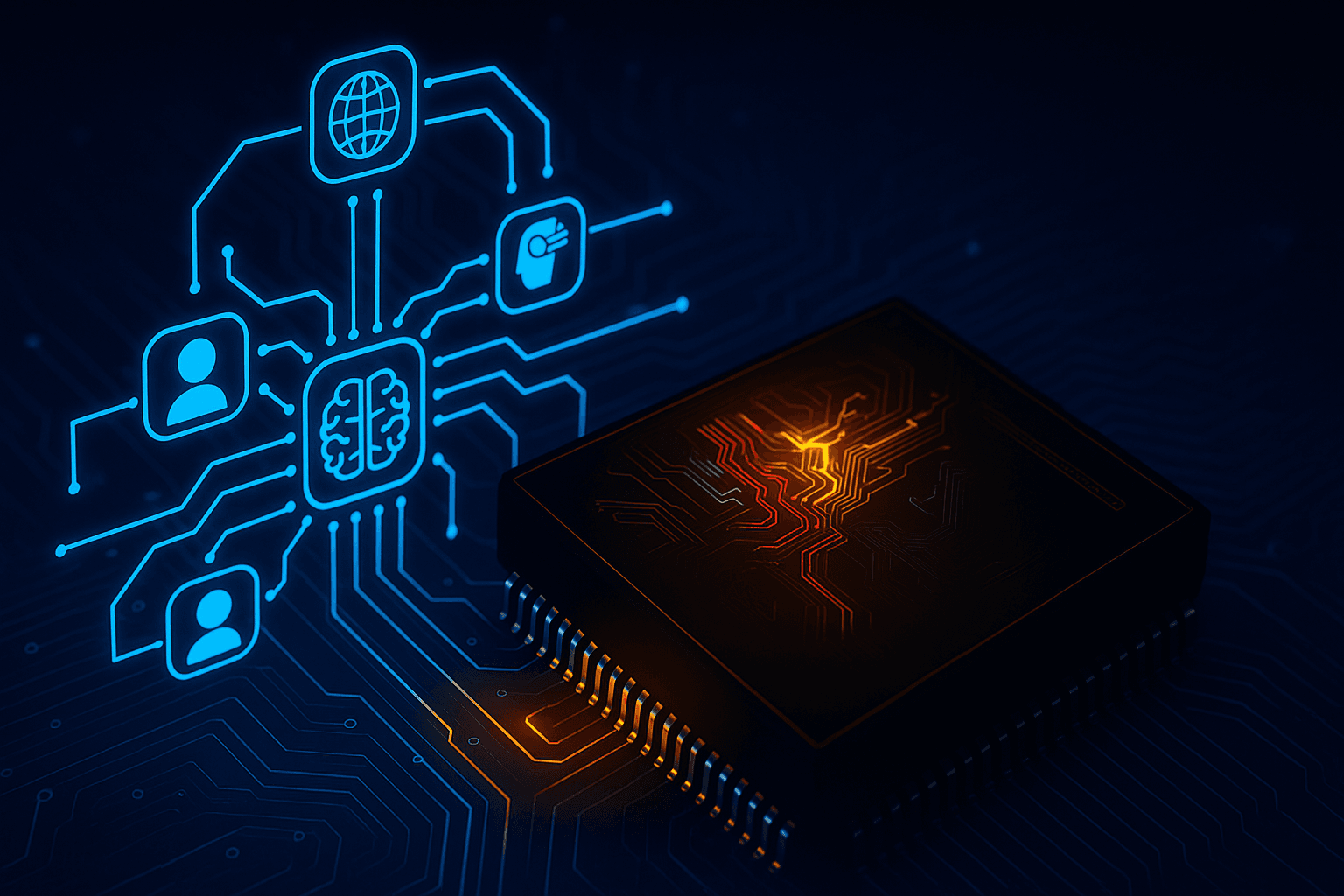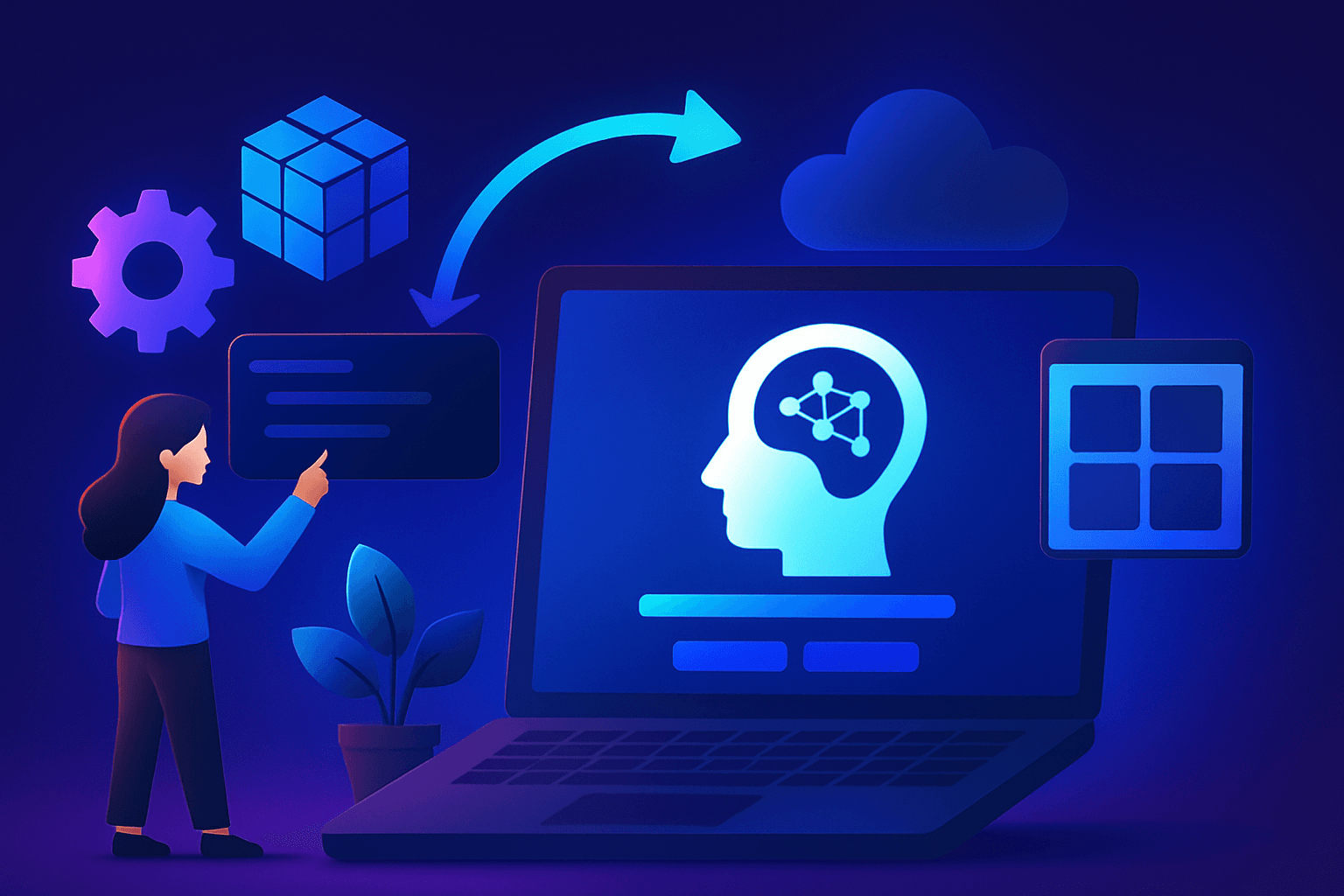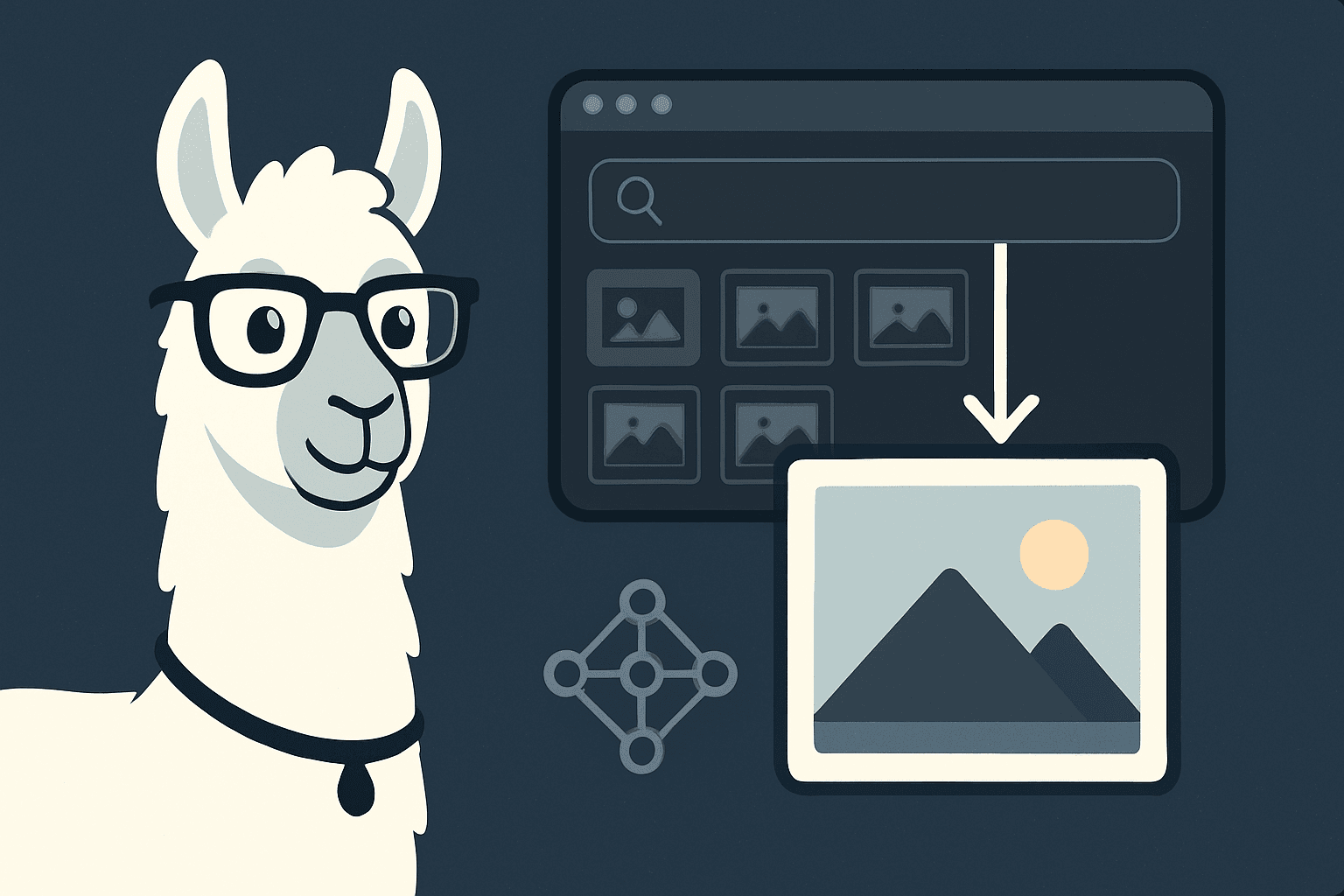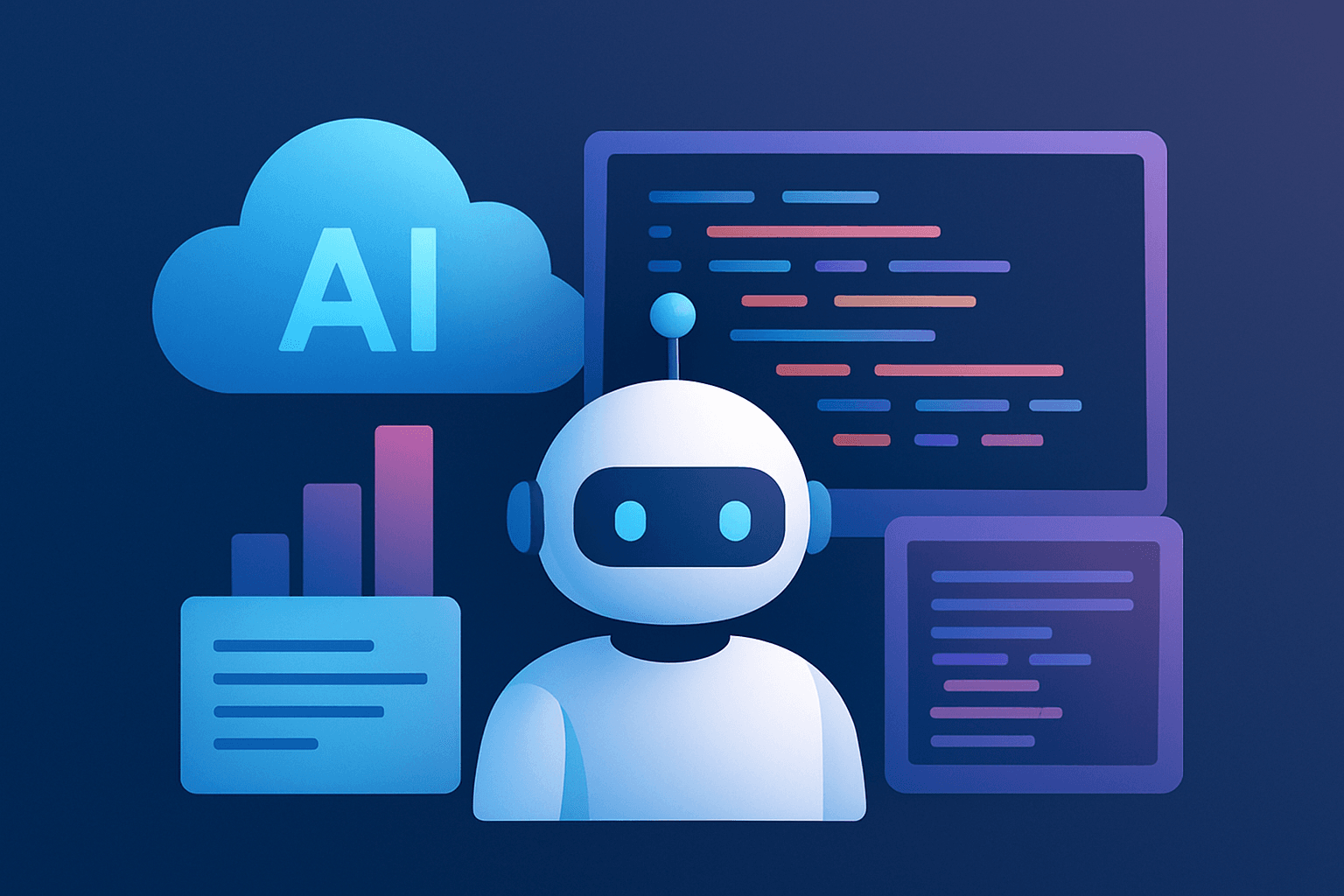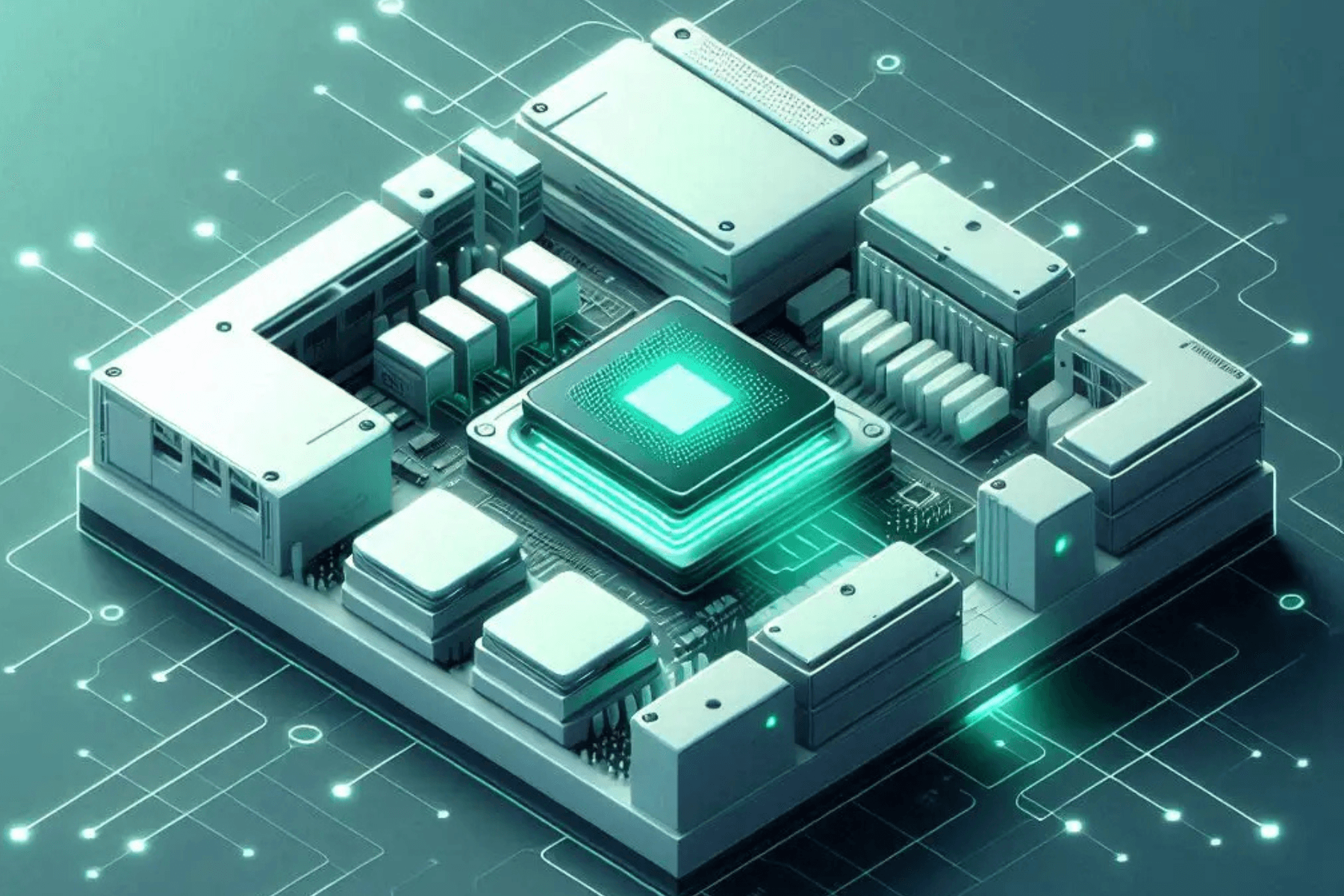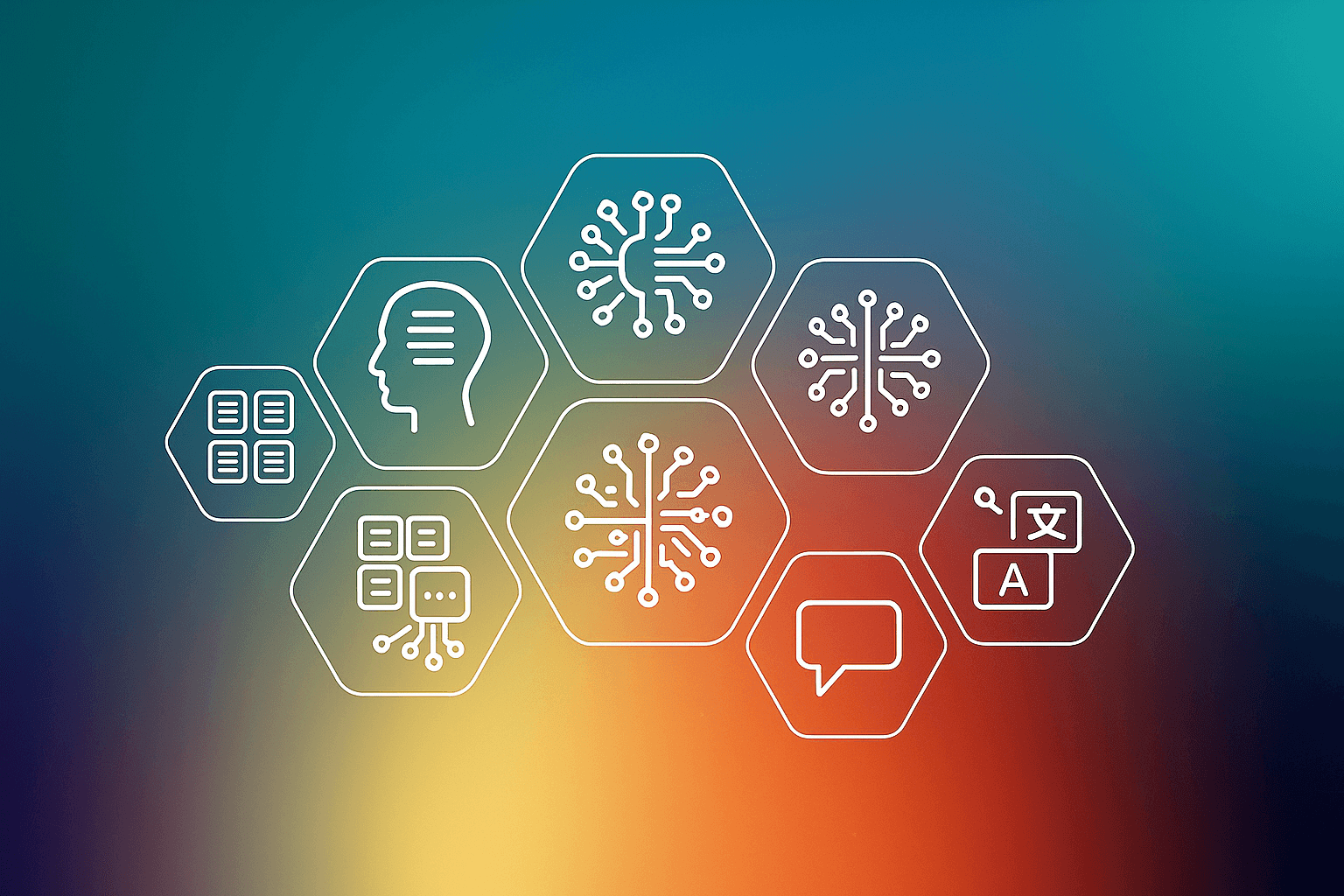In this day & age, Machine Learning has become a significant integrant in business operations that are employing the advanced technology of artificial intelligence. Machine learning focuses on developing frameworks to access data, use data, and learn from data. Even though it is complex, machine learning frameworks such as TensorFlow have simplified the process.
About TensorFlow:
TensorFlow is an open-source machine learning library, that can be used for the high-level implementation of various machine learning algorithms and numerical computation in Python. It is used primarily for deep learning, just like other deep learning frameworks [Torch, ScikitLearn, etc.]. This makes the use of reasoning skills and inferring skills throughout combining machine learning, deep learning & efficiency algorithms, which speed up the learning and application operation. The TensorFlow framework has a flawless courtesy of programming language Python, front-end API, which is useful in building all kinds of applications, and it makes use of C++ considering high-performance purposes.
Even though TensorFlow is classified as a software library, this is actually a set of APIs, which permits the complete programmer control of the models they make.
Uses:
Image Recognition
Image recognition focuses on identifying things and people in images and also understanding the context. This mostly comes in exercise for Social Media, handset & telecom manufacturers, picture clustering, Image search, face recognition, Aviation, and motion-detecting industries. Its recognition algorithms identify and classify things and people in big images that are used by social networks for photo tagging and in architectural applications for identifying shapes. It is used in the Healthcare industry too.
Video Detection
TensorFlow also helps with video data. It is used in Games, Security cameras, motion detection, and UI/UX fields. Youtube-8M is also pointing at starting research on data modeling, large scale video and representation learning, and video adaptation approach.
Text-Based Applications
Examples of text-based applications are Fraud and Threat detection in Insurance, Social Media, Finance, and sentimental analysis as in CRMs. It is one of the most popular uses of TensorFlow.
A very popular use of Text-Based Applications is Language Detection; e.g., Text summarization, Google Translate.
Sound Recognition
TensorFlow is sound or voice-based applications. This is a very well-known use of TensorFlow. It has the ability of understanding voice signals by the help of proper data feed, which can be Sentiment Analysis (used in aviation or automotive industry), Voice recognition (used in security and IoT), Flaw detection (used in the automotive industry), Voice search (Handsets and Telecom manufacturing industry). As we are all familiar, voice search and voice-activated assistants are other common use cases of sound-based applications. Speech-to-text applications can also be determined as a use case of sound-based applications.
Time Series
Algorithms of TensorFlow are also used to analyze time-series data. It helps in forming meaningful statistics, which helps in forecasting and generating possible versions of the time series. The recommendation is a very common use case of time series. You might have seen this use from E-commerce such as Amazon, Myntra, or online stream applications such as Netflix, Prime or Google, Facebook, YouTube, where it analyzes the user's activity and recommends what the user/customer would probably like to purchase or watch.
Other uses of this time series are Risk detections in IoT and security, Prediction analysis, and Resource planning.
We will definitely see many more innovative use cases soon of TensorFlow, which will contribute to AI/ML technology.
To know more about, check E2E Networks GPU servers here.
